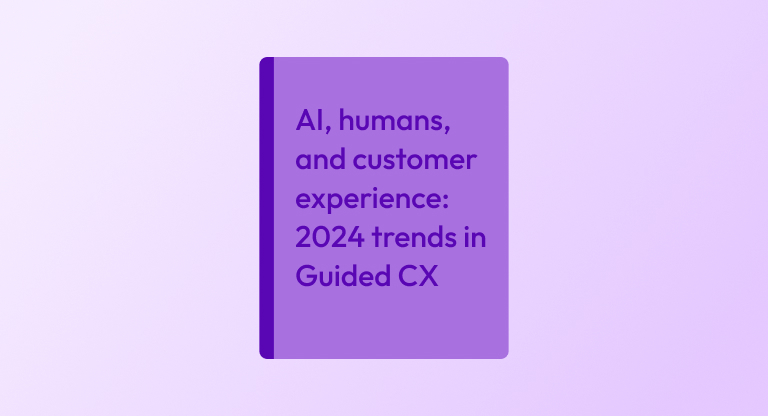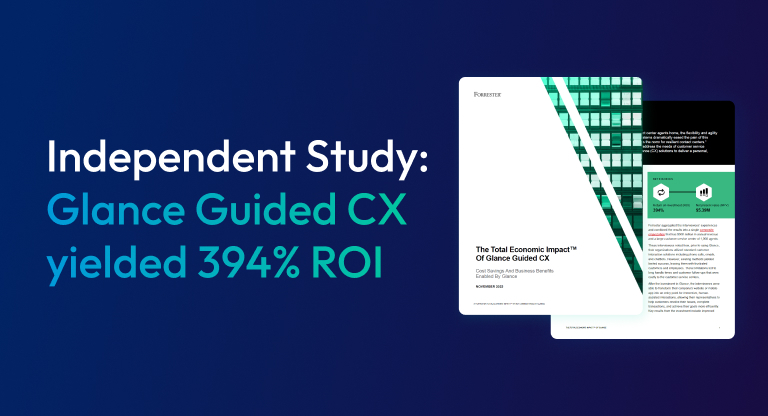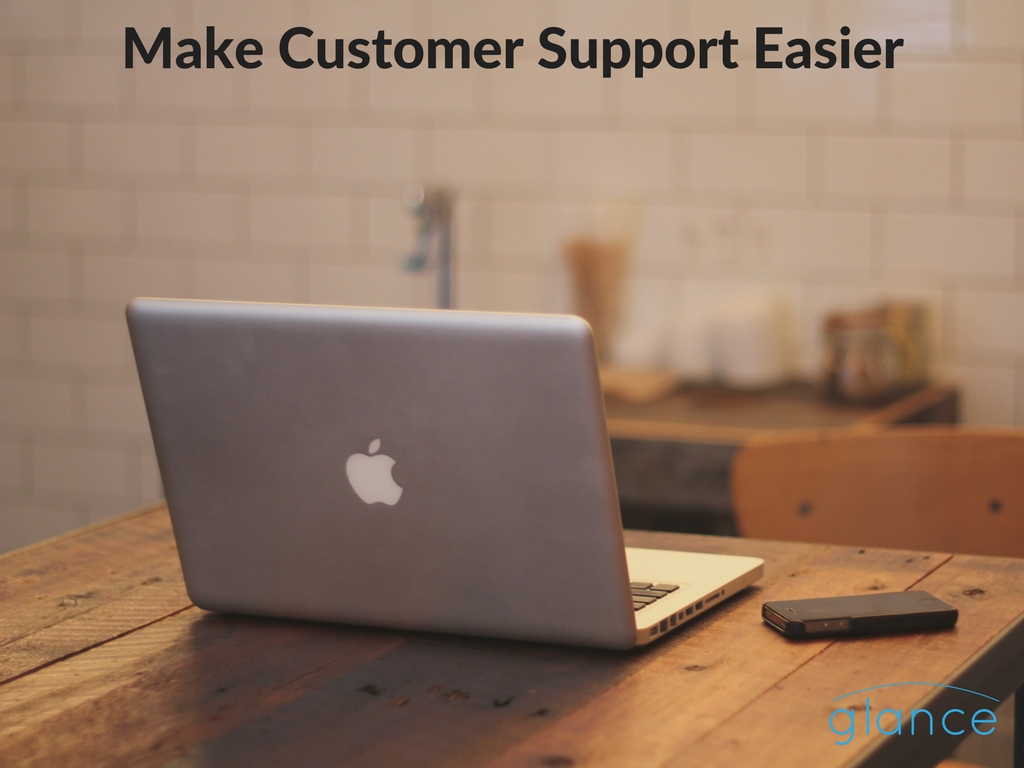Imagine, for a minute: something distressing has just happened to you. Your sun-soaked holiday has been canceled at the last minute. Or you’ve backed your car up into a streetlight. Or say it’s something much worse: you’ve been injured in an accident, you’ve had a health scare and need to fund an expensive medical procedure, or your loved one has just passed away. In the face of some of the most challenging situations life throws at us (whether merely aggravating or downright devastating), insurers are there to help financially cushion the blow.
And nowadays, many, if not most customers will head to their insurer’s website or app to begin the process. And that’s where a hard situation can get harder.
Because unfortunately, insurance companies aren’t exactly known for providing a great customer experience.
Quite the opposite, in fact: there’s complexity at every turn, and that complexity plagues the experience for your average customer. Reams of specialized vocabulary (think: brokers, agents, providers, payers, claims, adjusters, etc.) can further confuse their interactions. Vital policy changes and additions often fall through these gaps in understanding, leaving them none the wiser. This lack of clarity around “who’s who” and “what’s what” in insurance makes for rocky CX foundations.
In fact, the high-stakes, high-complexity processes associated with getting a quote, renewing, managing or canceling a policy, and filing a claim can turn customers off from wanting to engage with insurance companies at all – even when they need to.
And the experience can actively frustrate and distress customers when they’re already having a really bad day – perhaps, even, one of the worst days of their lives.
However, there’s good news for insurance customers everywhere – things are changing. Insurers are becoming more and more aware that CX is vital to customer relationships. That kind of connection isn’t controversial: Salesforce’s most recent State of the Connected Customer report found that 86% of consumers rated the experience a company provides as important as its product and services.
But now, insurers are under increased pressure to deliver on CX. Consumer expectations and an increasingly competitive market are driving them to produce outstanding user experiences.
This isn’t only good news for customers, either. There’s a huge opportunity here for insurance companies to optimize their customer journeys and develop customer relationships that go far beyond transactional to generate real, long-lasting loyalty.
And the most successful insurers will be those that approach their digital CX with an empathetic mindset: one that understands what customers really need in those stressful moments.
Before we get into how they can do that, let’s dive into why much of the insurance industry is long overdue for an empathy-driven CX facelift.
Why insurance CX is complex – and why that’s a problem for customers
Insurance is rarely, if ever, simple. In fact, you might say it’s a necessarily complex business.
Every insurance policy is different. What’s more, insurance policies need to spell out precisely what is and isn’t covered – and insurance claims need to be carried out to the letter for a payout to be agreed upon. Every box needs checking, every “i” dotting, every “t” crossing.
All of this is necessary because the industry is heavily regulated, and both insurers and customers need to be legally protected. But all that thoroughness and complexity can be a recipe for pretty bad digital CX.
Self-navigating for insurance products can be cumbersome, to say the least. And many insurance companies aren’t making things easy for customers.
Take portals, the most commonly provided self-service tool for insurance customers.
Portals with dated user experiences are typical. So are portals that have been haphazardly updated, and over time have become veritable “Frankenstein’s monsters” of UX, with peculiarly placed buttons, illogically tacked-on options, confusing choices and obscurely written “help.”
To make matters worse, often when insurers add to their portal’s capabilities, customers who didn’t need a portal account before will now need one to make use of those capabilities. And because customers often avoid interacting with insurance companies until they absolutely need to, the requirement to create a portal account may pop up unexpectedly … or even happen at one of life’s lowest moments.
This creates an empathy vacuum, as stressed-out users battle through the process of creating an account, only to be greeted with a confusing, cobbled-together portal.
These CX hurdles make life hard for customers – and, frankly, they make it feel like insurance companies do not care about them – often right at those moments when life has become hard enough already.
The implications of all this bad CX for insurance companies? Customers discontinuing their relationship with legacy insurers and heading towards their CX-prioritizing, tech-savvy competitors.
Why empathy-led CX improves self-service and agent interactions
Given the nature of their business, insurers should really be designing their CX with one principle above all in mind: empathy.
It’s key to remember: empathy can’t be wholly delivered by an app. But a thoughtfully designed CX sends the message that someone actually cares about how that insurance experience feels. So, prioritizing users’ needs and reflecting that in their customer experience will not only help you simplify and speed up processes (thus helping you to run a more efficient business), but will also prove to them that you’re worthy of their trust and continued patronage.
An opaque, complex CX sends a message (however unintentional) to customers: we don’t care enough about you to make this easy for you.
And those customers know you can do better. From banking to photo-editing, customers can find no shortage of complicated processes made easy-to-use on their digital devices. Why, they might reasonably ask, should insurance be any different?
Of course, no matter how much you optimize self-service capabilities, customers will inevitably come up against issues that require your agents’ intervention. Customers may need help resolving the complexity of a particular digital process, or they might need advice when making a difficult decision.
Crossing the digital experience chasm won’t happen for insurance companies overnight – but it starts with creating space for thoughtful, empathy-led, agent-to-customer interactions.
The following ideas will help you dispel the misconception of being a closed-off, unfeeling, tricky-to-work-with insurance company.
- Provide more personalized services digitally, with opportunities to reach out to humans for help throughout the customer journey
- Focus on designing a thoughtful UX that considers the customer’s needs at every turn
- Offer embedded forms that self-validate rather than printed forms or PDFs, to ensure information is accurately entered and doesn’t have to be checked manually and possibly re-entered
- Improve workflows so processes can move seamlessly between customers, agents and assessors
- Ensure your experience is both desktop and mobile-friendly
- Make the same high-level support available no matter what channel customers prefer to use (in-browser or in-app)
Giving your customers the omnichannel options to get in touch the way they prefer to is critical here – and so is empowering your employees with tools that enable them to quickly and securely connect with customers, understand their needs, and resolve their issues frictionlessly.
And that’s where Guided CX comes in.
Introducing Guided CX for insurance
Guided CX lets a company’s employees join its customers seamlessly, in-browser or in-app, in under 5 seconds – without having to download or install anything.
Agents can guide members’ navigation via secure co-browsing, and even and talk face-to-face to help them resolve issues right in-context with your website, portal experience, or mobile application. Customers are able to skip the game of 20 questions that happens when agents can’t see customers’ screens, and both parties avoid the frustrating and time-consuming challenge of taking multiple screenshots and sending them back and forth.
As a result, it’s easy for them to get on the same page (and see the same browser content), connect emotionally, and resolve any in-portal, in-browser, or in-app issue quickly.
And, most importantly, this all happens without making customers feel like they’re alone in their moment of need. They’re not being left to figure out the process by themselves – they’re being guided by someone who actually cares about their experience.
Glance enables this kind of CX. Experiences that don’t just make insurance transactions easier on customers – but also convey that someone is genuinely thinking of their needs and concerns. When was the last time your CX did that?
Guided CX infuses empathy into inevitably complex moments in a customer’s digital insurance journey by connecting them with a real, live person to help them out, in-browser or in-app, at their moment of need. It enables:
- Customers to easily and securely connect with a live, human professional precisely when needed
- Customers and agents to get face-to-face in a way that doesn’t just make the process of issue resolution easier but also feels just plain good (on both sides – think, seeing a smiling face to help you with your needs on what could be a very tough day.)
- Agents to personally guide customers through complicated menu screens and portals via co-browsing
- Customers to show agents exactly what they’re trying to communicate via 1-click screen-sharing
- Insurance professionals that are right there to explain the often-complex plans, the stages customers will be interacting with throughout their process, and anything else that might pop up along the way – infusing instant empathy into the process
Ultimately, the insurance industry’s challenges around CX can be your insurance company’s greatest opportunity – if you dare to go the extra mile for your customers. Glance can help you go that extra mile (and then some), and guarantee that your customers are truly covered in all eventualities, from the moment they open your app or type in your URL.





